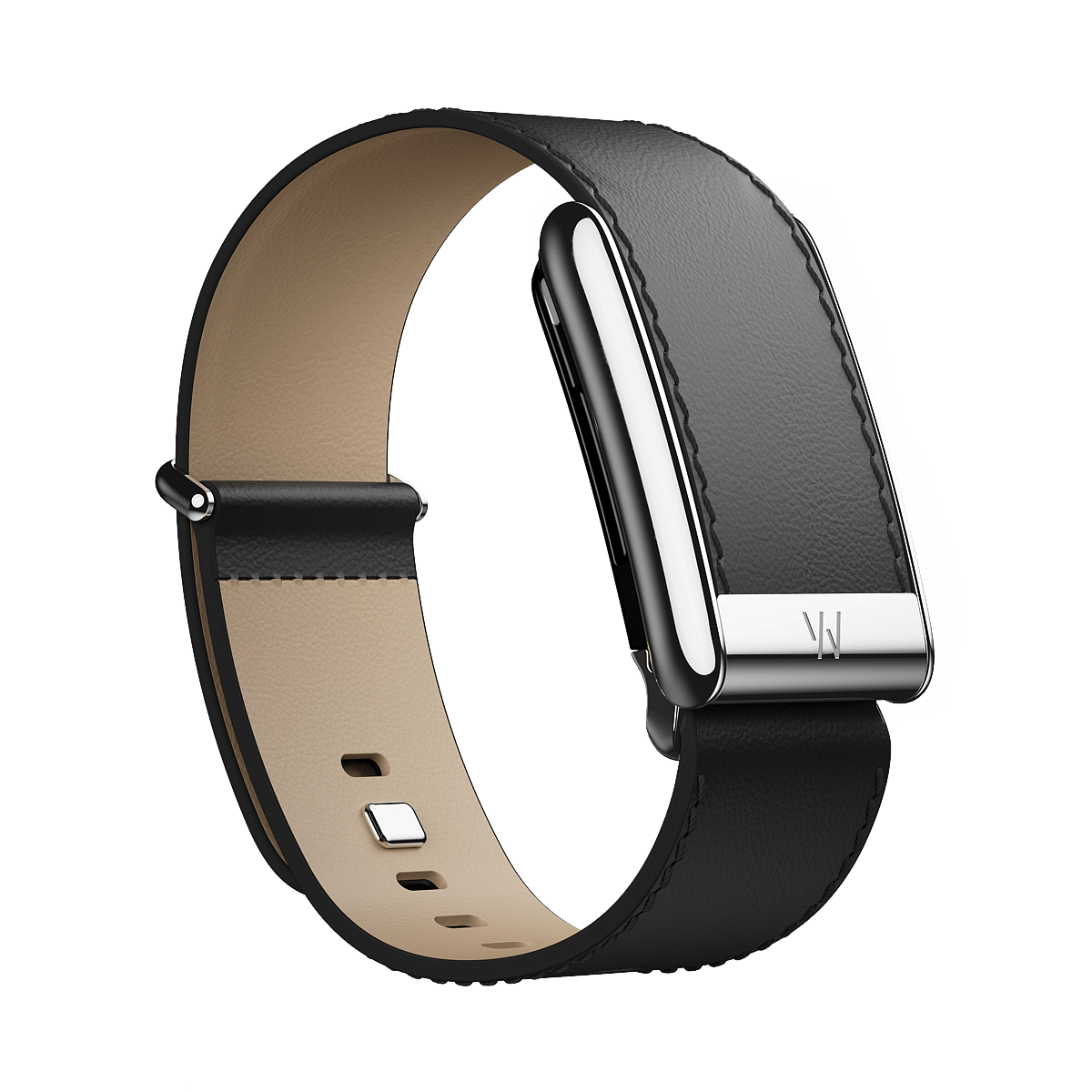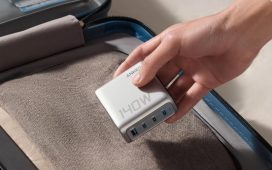
“So, what’s your Whoop age looking like this week?” has become a new way to greet my friends and fellow fitness enthusiasts. Last month, fitness tracking company Whoop launched two of their new devices- the Whoop 5.0 and the Whoop MG. The devices have many new features, including Healthspan which helps determine the pace of aging and your Whoop age using nine different metrics.
Founded in 2012 by Harvard University student athlete Will Ahmed along with his classmates to track their own rest and recovery, Whoop has now exploded in popularity. Used by elite athletes like footballer Cristiano Ronaldo, swimmer Michael Phelps, basketball legend LeBron James, and cricketer Virat Kohli, Whoop has become known for its accuracy in measuring data on sleep, heart rate variablity, oxygen levels and strain-a measure of how much effort accumulated by the user during the day with exercises and daily activities.
The Whoop MG, a medical-grade equipment, is one of the smartest wearables available on the market and offers several insights which they claim has never before been offered in a single tracking system. From a built in heart screener with ECG to blood pressure insights, the device promises to take wearable technology to the next level.
As a loyal Whoop customer since 2021, I love the insights the device has given me so far, and these have shaped my fitness journey tremendously over the last four years. In 2022, Whoop notified me that it seemed like I had developed Covid, after which I got tested and found that I was indeed Covid positive.
So, when the upgrades were launched, I was eager to get my hands on the Whoop MG. I have been wearing the device for over a month now and here is my honest review of it.

The User Experience
First of all, the upgrade to the new device and getting it up and running was a piece of cake. Kudos to Whoop for making it so seamless. It is about 7 per cent smaller than its predecessor and has enhanced sensors. Data is captured 26 times per second, which means better insights.
My experience with it was that the strain measured was slightly lower than my Whoop 4.0 metrics. Usually, my 1.5 hours of Jiu Jitsu lessons would work up a strain in the range of 12 to 13. However, with my Whoop 5.0, it measured in the range of 10 to 11, even though the calories burnt were fairly the same. My previous experiences have taught me that the tightness of the strap and its position on the wrist can affect the accuracy. So I tightened the straps and even tested it out in my wearable Whoop clothes but the results were consistent.
Despite the better performance, the battery life has not suffered at all. What I love the most about the new device is how I only have to charge it once in 14 days. This has been made possible by a redesigned processor that delivers 10 times more power efficiency.
The sleep metrics measurements have also been spot on. Even though I was sleeping more, my recovery rate remained in the yellow region. I later realized that I was not unwinding well enough during the evening. Practices like journaling and putting my screen away at least an hour before bedtime helped me tremendously to improve my recovery. These are things I would have never noticed if not for a Whoop.



The Medical Grade
The most significant feature of the Whoop MG is the Heart Screener with ECG. A sensor helps measure the heart rate in seconds and alerts you if it detects signs of Atrial Fibrillation (Afib) or a low or high heart rate. Mine was within the normal sinus rhythm, which means the heart was beating in a normal pattern
The blood pressure feature delivers estimated systolic and diastolic readings once a day based on inputs and wearable data. These features are still in the development stage so may vary. You also need an external Whoop cuff to manually measure your blood pressure and input it into the device.
The Women’s Hormonal Insight is probably where I’ve gained the most insights. It was already there in the Whoop 4.0, but the new device gives in-depth information, which helps me tailor my workouts as well as diet. Every phase on a menstrual cycle is broken down and explained. The device outlines overall mood, hormone levels, sleep needs, ideal training types, and recommended foods. There is also an update in the Sleep Coach on Whoop to incorporate the sleep cycle for increased accuracy.
Studies have repeatedly proven that training according to the menstrual cycle have health benefits for women. However, very little research goes into it. When a company of the magnitude of Whoop invests time and money into it, I think it is an overall win for women’s health.

The Lowdown
The new Whoop device comes with three membership plans. The Whoop MG Life membership costs Dh1,379 per year, which works out to approximately Dh115 per month. It is the only one that will give users the heart screener and blood pressure insights. The next tier of membership- Peak- costs Dh919 per year and gives access to the healthspan and pace of aging. The most basic membership that is called One, will cost Dh699 which comes to approximately Dh 59 per month.
The question on most users’ mind is: is it worth paying a premium to get medical information on your Whoop? The answer is tricky and depends on personal preferences. If you are a fitness enthusiast and want to have as many insights as possible, then the Whoop MG Life does that for you. It can help biohack your health, fitness and recovery to focus on longevity. However, if you are just a regular user who wants to make sure you are sleeping and exercising well, a basic or mid-tier membership is the best way to go. It also remains to be seen how well Whoop can preempt body changes or catch underlying issues with its new insights. In all, I’m happy with my new Whoop device, but the jury is still out on which membership to opt for. It also makes one wonder; how much data is too much data? Also, with other devices and smartwatch makers fine-tuning their technology to match the metrics of Whoop, I think the wearable sector is undergoing a rapid transformation where the ultimate winner will be the consumer.
Nasreen Abdulla
Nasreen Abdulla is a Special Correspondent covering food, tech and human interest stories. When not …More









